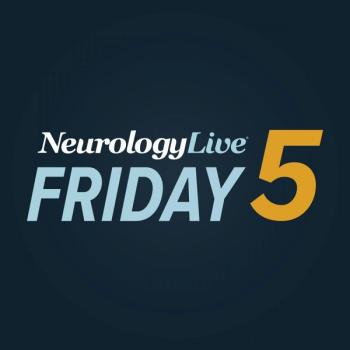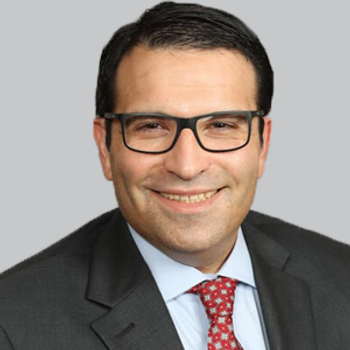
The Need for Effective Treatments for Status Migrainosus: Matthew Robbins, MD
The neurologist at Weill Cornell Medicine and NewYork-Presbyterian Hospital offered his insight into the hot topics at the American Headache Society Annual Scientific Meeting, including a presentation on the prevalence of status migrainosus. [WATCH TIME: 4 minutes]
WATCH TIME: 4 minutes
“It’s a total evidence-free zone. Often when these patients come to the emergency room because the headache attack has been so long, that’s perceived as a red flag, and there’s a big focus on diagnosis. These are patients who are often getting CT scans of the head, or MRIs, and there is a wait to treat them until the neurologist arrives.”
Status migrainosus, a condition in which a headache attack lasts 72 hours or longer, has posed significant clinical challenges for physicians and has placed a severe burden on the large population of patients with migraine. Currently, little literature on effective treatment options exists, with many physicians opting for a variety of approaches that are adjusted based on the situation at hand.
At the 2022
To find out more about the state of care for status migrainosus, NeurologyLive® inquired with Robbins, a neurologist and associate professor of neurology at Weill Cornell Medicine and NewYork-Presbyterian Hospital. He highlighted the research of VanderPluym et al, and shared his experience with treating the condition, as well as detailed some of the difficulties in providing evidence-based care for patients who experience such debilitating attacks.
REFERENCE
1. VanderPluym J, Mangipudi K, Mbonde A, et al.Incidence of status migrainosus in Olmsted County, Minnesota, United States: Characterization and predictors of recurrence. Presented at: AHS Annual Scientific Meeting; June 9-11, 2022; Denver, CO. OR-17
Newsletter
Keep your finger on the pulse of neurology—subscribe to NeurologyLive for expert interviews, new data, and breakthrough treatment updates.


































